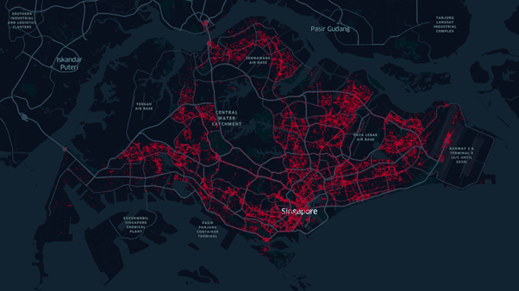|
MOBILE LOCATION DATA RESOURCES
TECH DOCS Cross Account Bucket Access - AWS Integration Create a Database, Table and Partition How To Run Basic Location Data Queries
PUBLISHER SOLUTIONS Consent Management Knowledge Base
|
As a buyer, you should know about the sources of location data and assess their suitability for analysis and your specific use case. With an increasing demand for location data, providers are focused on offering high volumes. Unfortunately, this takes away from the quality, and bad, misleading, and even fraudulent data have become commonplace. Low-quality data leads to incorrect analysis and eventually bad decisions, even with the most sophisticated algorithms and artificial intelligence. Buyers, therefore, should have a good understanding of what constitutes good data. Let us consider two of the main sources where location data comes from Bidstream and App Publishers.

Bidstream data is collected from bid requests in programmatic advertising. Every time you use an app on your smartphone and an advertisement pops up, it routes back data such as device ID and IP address to the ad servers. Bidstream, even though offering high volumes, is considered one of the lowest-quality sources of location data.

Location data is derived by capturing the GPS signals of a mobile device through apps - either through SDKs or Server-to-Server (S2S) integrations. Through both methods, app publishers provide their users' real-world (anonymized) locations when they are using apps on their phones. App publishers supply high-quality GPS data that also indicates the level of accuracy of individual signals; although this holds true for both SDKs and S2S, developers prefer the latter because the former necessitates a lot of upkeep and operational overheads.
The data economy is full of such low-quality data, especially when dealing with location data. Providing the highest-quality location data should be the goal of data providers, and so this is an issue close to home for those of us playing this role in the industry - an issue to be taken seriously.
Main body text.